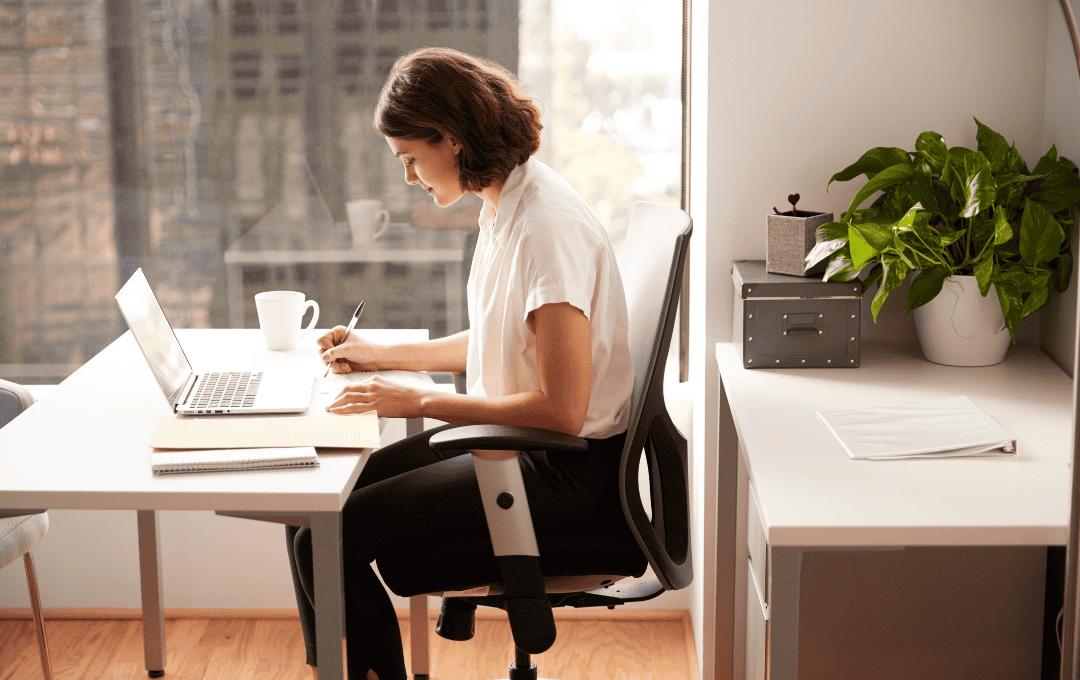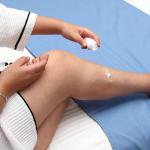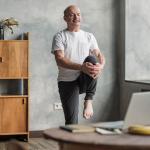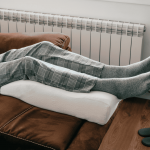
Ever find yourself sitting for hours at your desk, in the car, or on the couch—and then notice your legs feel heavy, achy, or a little swollen? If so, you’re not alone. And if you’re dealing with venous insufficiency, it’s totally fair to ask: Is all this sitting making my vein issues worse?
Spoiler alert: Yes, it can. But don’t worry—we’re here to break it down and give you some easy tips to keep your legs (and veins!) happy.
First, What Is Venous Insufficiency?
Venous insufficiency is when the veins in your legs have a hard time pushing blood back up to your heart. Normally, little valves inside your veins help keep things moving in the right direction. But when those valves get weak or damaged, blood can start to pool in your legs.
Some common signs of venous insufficiency include:
-
Swollen legs or ankles (especially at the end of the day)
-
Tired, achy legs
-
Varicose veins
-
Itchy or discolored skin
-
In severe cases, leg ulcers
So, Why Is Sitting a Problem?
Think of your veins like highways for your blood. When you sit for too long, traffic slows down—especially in your legs. That’s because your leg muscles aren’t moving much, and they’re a big part of what helps pump blood back up to your heart.
Here’s what happens when you sit for long stretches:
-
Blood flow slows down, which makes it harder for your veins to do their job.
-
Pressure builds up in your leg veins.
-
Your symptoms may get worse, especially swelling or heaviness.
Wait—Is Standing Any Better?
Standing all day without moving isn’t great either. The trick is to keep moving throughout the day. Whether you sit or stand, it’s really about making sure your blood doesn’t just stay in one place.
Tips to Keep Your Legs (and Veins) Feeling Good
Got a desk job? Long commute? Here are some simple ways to protect your veins and keep your circulation going strong:
Move every 30–60 minutes. Set a reminder to stand up, stretch, or take a quick walk. Even a lap around the room helps.
Try compression stockings. They gently squeeze your legs to help blood flow more efficiently.
Do some desk exercises. Ankle rolls, calf raises, toe taps—they’re easy and make a big difference.
Put your feet up. Elevating your legs at the end of the day can help reduce swelling.
Drink water. Staying hydrated helps keep your blood flowing smoothly.
Avoid crossing your legs. It may feel comfy, but it can restrict circulation.
When It’s Time to Talk to a Specialist
If you’re dealing with ongoing leg pain, swelling, or varicose veins, it’s a good idea to check in with a vein specialist. They can do a quick, non-invasive scan (usually an ultrasound) to see what’s going on and talk you through your treatment options.
The good news? Most treatments for venous insufficiency are:
-
Minimally invasive
-
Done in under an hour
-
Covered by insurance
-
Require little to no downtime





